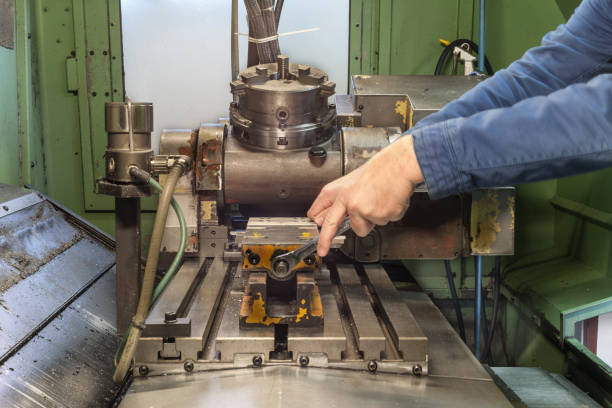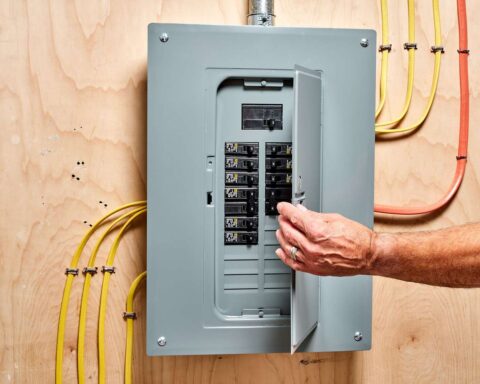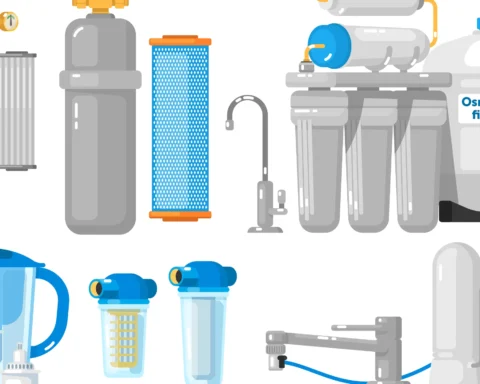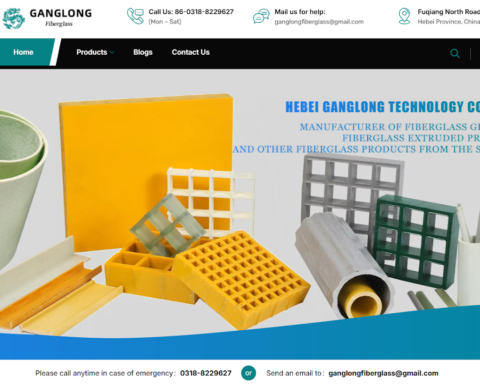In today’s rapidly evolving manufacturing landscape, efficiency is paramount. As industries strive to meet growing demands for precision, speed, and cost-effectiveness, traditional methods of cutting and shaping materials are being reimagined.
Among the innovations leading this transformation is the advent of fiber laser cutting machines. These cutting-edge tools are revolutionizing manufacturing processes across a multitude of sectors, offering unprecedented levels of efficiency, accuracy, and versatility.
Understanding Fiber Laser Cutting
Before delving into the myriad ways in which fiber laser cutting machines are reshaping manufacturing, it’s essential to grasp the fundamentals of this groundbreaking technology. Fiber laser cutting involves the use of a high-powered laser beam emitted from a fiber optic source.
This laser beam is directed onto the surface of the material to be cut, where it delivers intense heat, vaporizing or melting the material along the designated path. The result is a precise, clean-cut edge with minimal thermal distortion, making fiber laser cutting machines ideal for a wide range of materials, including metals, plastics, and composites.
The Advantages of Fiber Laser Cutting
The adoption of fiber laser cutting machines is driven by a multitude of advantages they offer over traditional cutting methods:
1. Unmatched Precision
Fiber laser cutting machines excel in delivering precise cuts with exceptional accuracy, even on complex shapes and intricate designs.
The narrow kerf width and minimal heat-affected zone ensure that the finished products meet the most stringent tolerances, making them suitable for applications where precision is non-negotiable.
2. Enhanced Speed and Efficiency
One of the most significant advantages of fiber laser cutting is its unmatched speed and efficiency. These machines can cut through materials at incredible speeds, significantly reducing production times and increasing throughput.
Additionally, their ability to perform multiple operations in a single pass minimizes downtime and maximizes productivity, making them an invaluable asset for high-volume manufacturing environments.
3. Versatility Across Materials
Unlike traditional cutting methods that may be limited to specific materials or thicknesses, fiber laser cutting machines offer unparalleled versatility. From thin sheets of metal to thick plates and even reflective materials like copper and brass, fiber lasers can effortlessly cut through a wide range of materials with consistently exceptional results.
This versatility enables manufacturers to tackle diverse projects with ease, eliminating the need for multiple cutting tools and streamlining production processes.
4. Minimal Maintenance Requirements
Fiber laser cutting machines are renowned for their reliability and durability, requiring minimal maintenance compared to other cutting technologies. With fewer moving parts and no consumables such as cutting blades or gas cylinders to replace regularly, these machines offer a lower total cost of ownership over their lifespan.
This reliability translates into uninterrupted production schedules and reduced downtime, further enhancing their appeal to manufacturers seeking optimal efficiency.
Applications Across Industries
The versatility and efficiency of fiber laser cutting machines have propelled their widespread adoption across a multitude of industries:
Automotive Manufacturing
In the automotive industry, where precision and efficiency are paramount, fiber laser cutting machines have become indispensable tools for fabricating components ranging from body panels and chassis parts to intricate interior fittings.
Their ability to cut through various metals with speed and accuracy makes them ideal for producing high-quality components while maintaining tight production schedules.
Aerospace and Defense
The aerospace and defense sectors demand components that meet the highest standards of quality and precision.
Fiber laser cutting machines play a critical role in fabricating intricate parts for aircraft, missiles, and defense systems, thanks to their ability to handle a wide range of materials, including titanium, aluminum, and high-strength alloys, with unmatched accuracy and efficiency.
Electronics and Consumer Goods
In the electronics and consumer goods industries, where product designs are constantly evolving, fiber laser cutting machines offer the flexibility and precision required to bring these designs to life.
Whether cutting thin metal casings for smartphones and laptops or intricate patterns for decorative items, fiber lasers enable manufacturers to produce high-quality products with unparalleled speed and accuracy.
Medical Device Manufacturing
The medical device manufacturing industry relies on cutting-edge technology to produce lifesaving equipment and devices with uncompromising precision.
Fiber laser cutting machines are instrumental in fabricating components for medical devices such as surgical instruments, implants, and diagnostic equipment, where the accuracy of the final product can be a matter of life or death.
Future Trends and Innovations
As the demand for efficiency and precision continues to drive advancements in manufacturing technology, several trends and innovations are poised to shape the future of fiber laser cutting:
1. Integration of Automation
The integration of automation technologies, such as robotic arms and CNC controls, with fiber laser cutting machines is poised to revolutionize manufacturing processes further.
Automated loading and unloading systems, coupled with real-time monitoring and control capabilities, will enhance productivity and efficiency while reducing the reliance on manual labor.
2. Advancements in Laser Technology
Ongoing advancements in laser technology, including improvements in beam quality, power output, and wavelength options, will expand the capabilities of fiber laser cutting machines.
Higher-power lasers and optimized beam delivery systems will enable faster cutting speeds and the ability to process thicker materials, opening up new possibilities for manufacturers across industries.
3. Integration of Additive Manufacturing
The integration of fiber laser cutting with additive manufacturing processes, such as laser metal deposition and powder bed fusion, holds the potential to revolutionize how complex parts are fabricated.
By combining subtractive and additive manufacturing techniques, manufacturers can achieve unprecedented levels of design freedom, material efficiency, and production flexibility.
Conclusion
In conclusion, fiber laser cutting machines represent a paradigm shift in manufacturing technology, offering unparalleled levels of efficiency, precision, and versatility. From automotive and aerospace to electronics and medical device manufacturing, these cutting-edge tools are reshaping industries and driving innovation at every turn.
As advancements in laser technology and automation continue to push the boundaries of what’s possible, the future of manufacturing looks brighter than ever, with fiber laser cutting leading the way towards greater efficiency and productivity.
Stay in touch to get more updates & news on essentialtribune!








